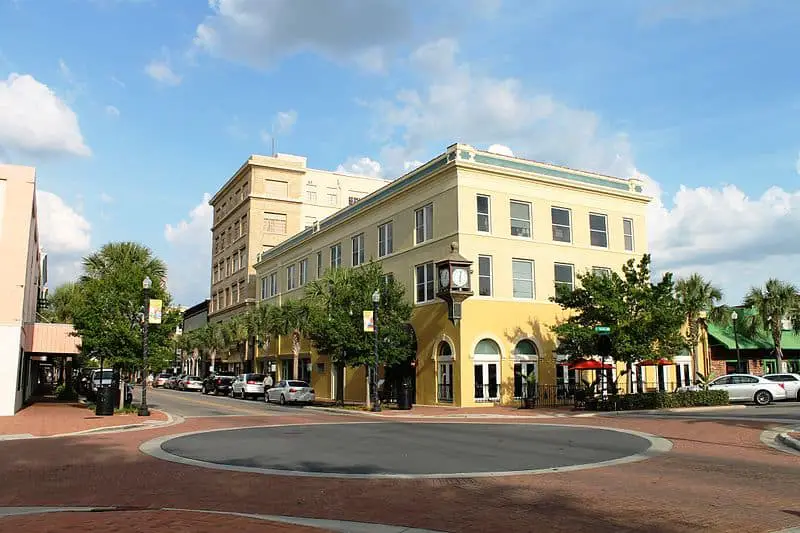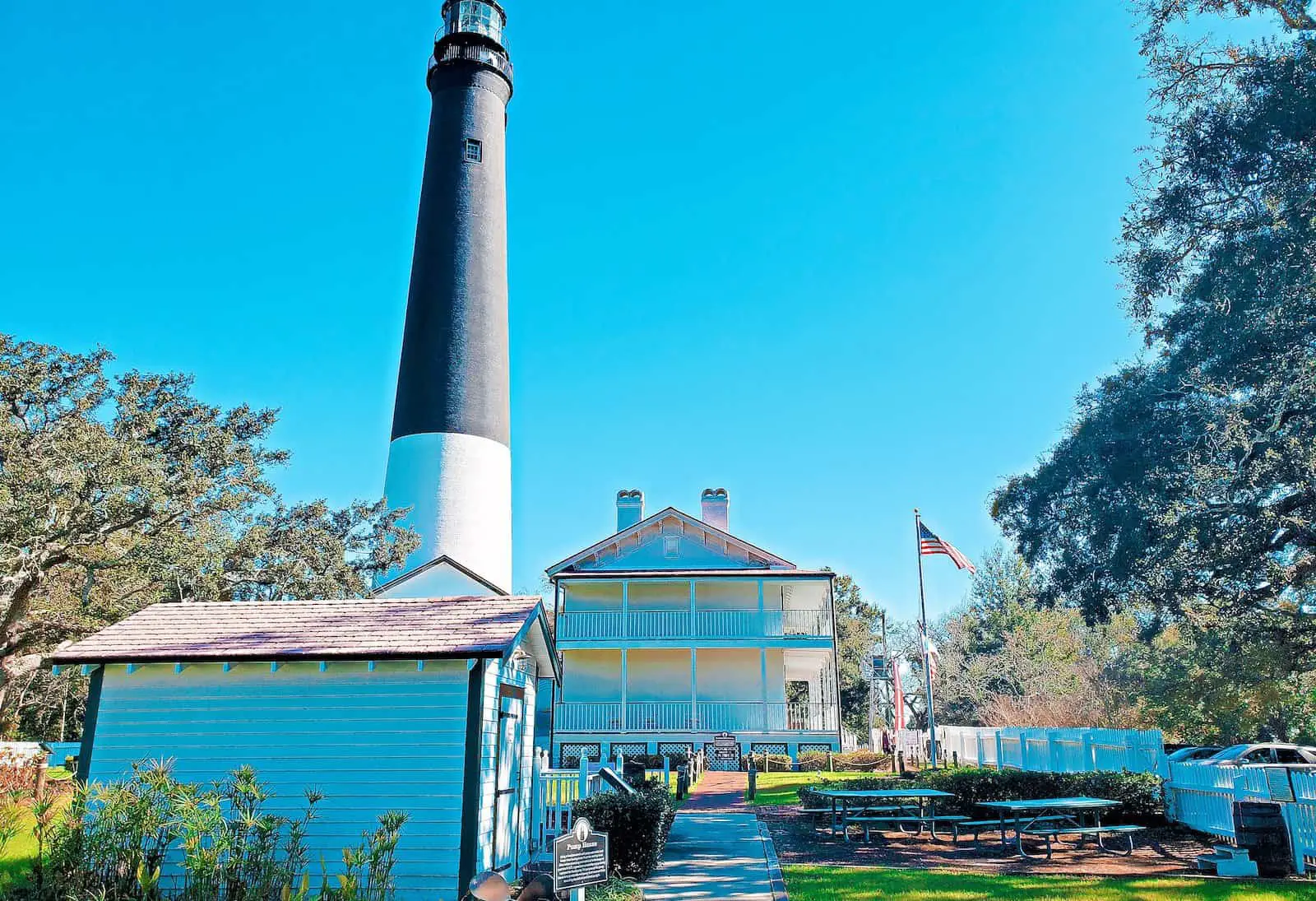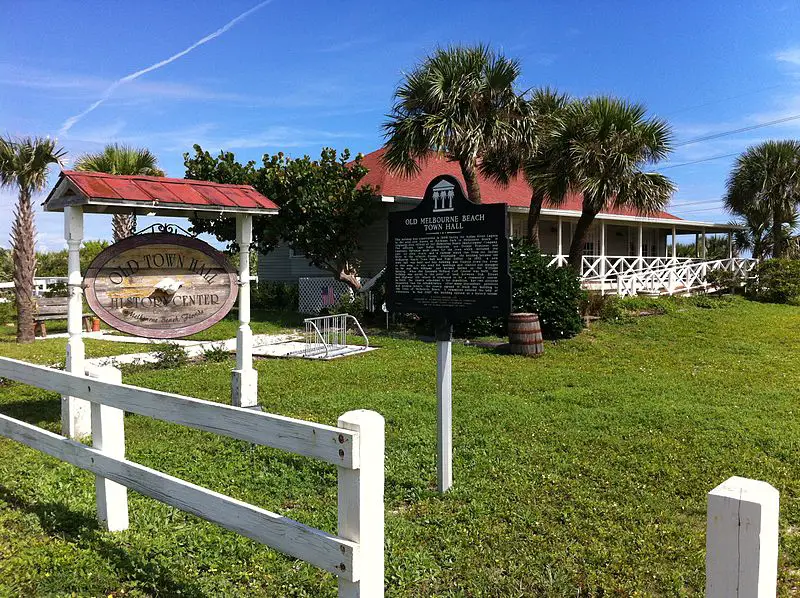Have you ever been curious about what the weather is like in Florida? Well, if you are, then get ready to find out! Is Florida hot all year round? That’s the million-dollar question that many people are asking.
For those of us who like warm weather, Florida is a dream destination. Is it true that you can enjoy sunny and hot temperatures all year round? The answer to this question lies in the weather patterns of Florida.
The climate in Florida is mild year-round, although temperatures can reach up to 95 degrees in the hottest months. Winters are relatively mild, and the Summers are muggy. Pensacola has a slightly shorter hot season than Tampa or Orlando.
However, Florida is a peninsula, and as such, is not very far from a body of water. As a result, the temperature of land is affected by the air temperature above the water, while the air temperature is reflected off the surface of the water.
This article is here to give you an answer and provide some insight into why Florida can be quite warm during certain times of the year.
We’ll examine different average temperature patterns throughout the state and discuss how Floridians cope with the heat.
Uncovering Florida’s Unexpected Heat
Florida is located on a peninsula with warm waters from the Gulf of Mexico and the western Atlantic. As a result, it experiences hot, humid summers and mild winters.
The tropical climate is also influenced by the Bermuda High, a semi-permanent high-pressure system off the Atlantic coast that draws moisture from the ocean.
Temperatures in January range from the low 50s in the north to the high 60s in the south.

In a recent study, researchers looked at the length of Florida’s hot season and determined that the state’s hot season has been increasing.
In fact, 23 out of the fifty weather stations have increased the length of the hot season by at least a week. Of these, seven stations experienced increases in excess of three weeks.
These locations are located primarily in southern Florida, the Gold Coast, and the Keys.
Although the hot season ends in late June and early July, the beginning of the cold season occurs a little later in Florida, particularly in the Keys.
A cold front from the interior of the nation precedes the end of the hot season. This week moves southward until early December in Key West, and it arrives earlier on the Atlantic coast than on the Gulf.
Say Goodbye To Comfortable Summers!
Summers in Florida are muggy, and the humidity can reach up to ninety percent. This high humidity makes the climate uncomfortable for tourists.
The best way to gauge the humidity level is to look at the dew-point temperature.
Even though temperatures are usually warm during the day, the humidity can be oppressive, especially during the hottest months of July and August.
Fortunately, there are ways to deal with the high humidity levels without succumbing to heat exhaustion.
Unlike some places, Florida has four distinct seasons. The onset of spring signals the start of spring, with temperatures averaging around 68degF (20degC).
Summer begins in June, with some very hot days. Then, fall comes in around September, and winter sets in around December.
During the summer, Florida stays warm, but the temperature drops considerably around November.

Humidity in Florida is high from June through September. The peninsula is surrounded by water on three sides, and seawater contributes moisture to the atmosphere.
The warm waters around South Florida are particularly humid, causing the air to retain more moisture than in other parts of the state. Additionally, prevailing breezes from the sea carry humidity across the land.
The length of the hot season in Florida has increased in all but a few locations. Among the 23 stations studied, seven have increased by more than one week.
Of these, five were in major cities with population growth in the past fifty years. The southern Florida peninsula and Orlando are among the places that have seen an early end to the hot season.
Despite the hot season, Florida offers many opportunities for outdoor activities during the summer months. While July and August are the hottest months, there are also plenty of water parks and theme parks.
During the summer, it is important to wear light-colored clothes that are breathable and comfortable. Avoid wearing black, which absorbs more heat.
Winter is Anything But Frosty
The Florida climate is one of the most favorable for living in. Its temperate weather has made it one of the most popular tourist destinations in the world. The warm, humid climate has also made it a popular place to buy a home.
However, one must know the climate of a place before buying a property, especially if you plan to live there.
Although Florida is known as the “Sunshine State,” the state is still subject to thunderstorms, wind, and rain.
Florida’s winters are relatively mild and there is usually little to no snowfall. Its mild temperatures and low humidity make it an excellent location for people who want to escape the cold weather of the north.
The coldest month of the year is January, with lows rarely falling below 49 degrees.

Winter temperatures in Florida vary according to region. The southern region, known as the Florida panhandle, sees moderate temperatures between 65 degrees and 40 degrees Fahrenheit. However, in the north, temperatures can drop to 8 degrees Fahrenheit.
In the northern regions, snow can occur and frost is more common, but in southern Florida, snow is rare.
The last month of winter in Florida is February.
This month, there is little snow in the panhandle area. In February, the temperature varies from 42 degrees to 68 degrees. In northern areas, frost and early morning fog are common. Generally, the Florida winters are mild, but there are times when you need to use a heater.
Jacksonville has warm winters. From March to October, the average temperature is about 80 degrees. The temperatures in November are in the mid-seventies.
In November, temperatures reach 74 degrees. The coldest day of the year is the first day of February. A month later, you will have to use space heaters and heat strips to stay warm.
Pensacola has a shorter hot season
The average temperature in Pensacola varies significantly throughout the year. The coldest month of the year is December, while the hottest month is February.
Despite the warm winters, Pensacola has a short, humid summer season. The average high is 91°F, while the low is 54°F.
Pensacola’s climate is humid subtropical, which means that its summers are hot and humid, and the winters are mild and not as hot as south Florida.
Pensacola’s hot season lasts 4.2 months, while its cool season lasts just 2.9 months (December 3 to March 1) – during which temperatures are comfortable.
Pensacola has an average annual rainfall of 1,735 mm, with a shorter hot season than most cities in Florida. However, the city does experience some extreme weather events, with two hurricanes affecting the city in less than two months.
The storm surge was so large that it damaged the Escambia Bay bridge. The storm caused $6 billion in damage and destroyed thousands of homes.
Despite the mild climate of Pensacola, the city has a longer rainy season. The wetter season lasts 2.8 months from June 10 to September 4, with a 40 percent chance of precipitation.
While July has the highest average of rain, August has the shortest season, ending on September 11 with only 6.8 days of rain per month. If you are planning a visit to Pensacola, make sure to consider the weather conditions and humidity levels during these times.
The cooler fall months in Pensacola are ideal for swimming. Water temperatures are typically in the low 80s, making it a perfect time for a trip to the beach.
The gulf waters are generally calm and perfect for swimming. However, remember to pay attention to the weather and obey the advice of lifeguards.
The southern portion of Florida experiences a longer hot season than northern Florida. This is due to increased rainfall in the southern half of the state.
In southern Florida, the winter is also long and cold waves occur frequently. As a result, the temperature can drop below normal. In Pensacola, temperatures do not get as cold as in the southern half of the state.
If you’re looking for a year-round sunny vacation spot, Florida is the place to be! With an average of 233 days of Sunshine annually, Florida offers warm weather for most of the year.
The months between May and September are the hottest with temperatures reaching up to 90 degrees Fahrenheit.
However, even during these hot months you can still enjoy activities at one of the many nearby beaches or take a dip in one of Florida’s crystal-clear springs!
For those who like cooler climates, don’t worry!
During the winter months in Florida temperatures typically range from 50-70 degrees Fahrenheit, which makes it perfect for enjoying outdoor activities without breaking a sweat.
You can also experience other attractions such as theme parks and zoos while visiting this beautiful state!








